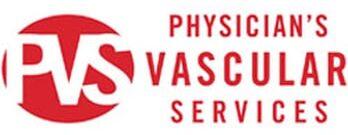Six Exercises to Help Prevent Varicose Veins
How to Determine if Exercise is Safe for You
Most forms of exercise are safe and rather advantageous. Although some exercises can be intense and not everyone may be able to withstand the level of extreme physical activity. If you have any doubts about whether the physical activities are safe for you, ask your doctor or primary care provider. If you’re pregnant, be sure to talk with your obstetrician before taking up new exercise regimens. Even if you are not experiencing any doubt, it is still recommended to listen carefully to your body.
How to Prevent Varicose Veins Through Exercise
Many doctors recommend at least thirty minutes of physical activity. If necessary, you can break up the recommended time throughout your day to reach thirty minutes of exercise.
Walking
As simple as walking may seem, it is rather effective. Walking tends to burn a high count of calories and it is safe for people of all ages and fitness levels. Taking regular walks can help you lose weight, maintain healthy blood pressure, and strengthen your bones and muscles. Each of these factors can either help you prevent or cause varicose veins.
Bicycling
Bicycling is a low-impact exercise, despite how intense it might seem! Similar to walking, it can increase circulation while simultaneously protecting your joints. Regular cycling can also strengthen your calf muscles and promote healthy blood flow. Both traditional and stationary bikes can be used. If a bike is out of your reach, you can also stretch your leg muscles by lying on your back, drawing your knees toward your chest, and making pedaling motions with your legs. This can increase your blood flow significantly.
Leg Lifts
Leg lifts are optimal as they are simple, yet effective. They do not require any special equipment! For leg lifts, you start off by lying flat on your back and lift each of your legs, one at a time. Hold each leg in the air for a few seconds before alternating legs. This exercise is significant in helping you stretch the muscles of your legs. Many people also practice leg lifts while standing. In addition to stretching your muscles and improving circulation, this exercise can increase flexibility. In order to do leg lifts while standing up, you can hold onto a stable object such as a chair or a desk and extend each leg in front of you. Hold this position for a few seconds for the best effectivity and then alternate legs.
Lunges
Lunges are a significant form of exercise as they touch on many different muscle groups in your feet and calves. When the muscles in your feet and calves are strong and healthy, they can help keep blood flowing in the right direction and prevent any blood clotting. You can begin lunges by standing with your feet slightly apart, aligning with your shoulders. Proceed by stepping forward and bend your knee. Be sure to keep your knee directly above your ankle. Hold the lunge for a few seconds, then straighten up and switch legs.
Feet Stretching
Stretching out the muscles that lie in your feet also helps improve muscle strength and blood circulation. You can initiate this exercise by resting your weight on the ball of your foot for a few seconds, then gradually lower your heel. Next, rest your weight in your heel and lift the ball of your foot. You can perform this stretch while standing or sitting. If you are standing, be sure to hold onto a stable object for balance.
Elevate Your Legs
Raising your legs while sitting and lying down can help relieve swollen or achy legs caused by backed-up blood flow. You can begin by lying on your back on the floor or on your bed. Next, raise your legs straight up in the air. If necessary, you can also prop them against the wall. Hold this position for a few minutes and proceed by lowering your legs to the ground. Repeat to meet the desired time of physical activity.
Get Started with Physician’s Vascular Services for Varicose Vein Prevention
If you are thinking of taking up these exercises to prevent any further formation of varicose veins, it is best to talk to a doctor. You can also discuss any alternative forms of prevention of varicose veins. Contact Physician’s Vascular Services so we can assess your condition and offer methods of preventative care.


